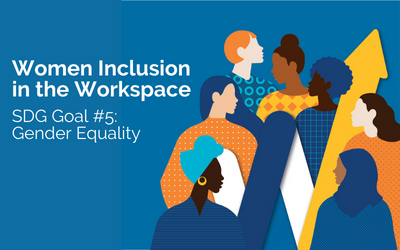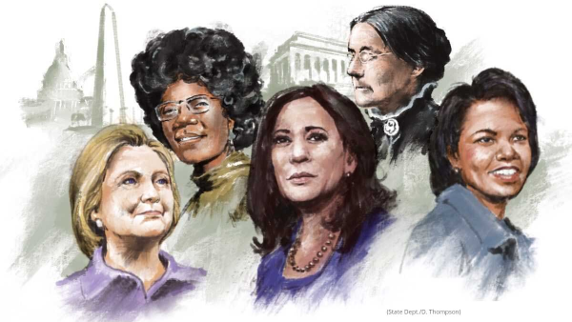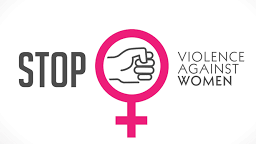
by dmm22 | Nov 22, 2022 | Dashboard, Visualization
Women participation in the labor force in numbers
The fight for women empowerment and inclusion in the workspace has been an ongoing fight in our world. Although female participation in the labor force has seen an ongoing increase from 1980 till 2021, however, as per the World Bank Gender Data Portal: “The global labor force participation rate for women is just over 50% compared to 80% for men. Women are less likely to work in formal employment and have fewer opportunities for business expansion or career progression.”
Education as a direct road to employment
There are different opportunities to invest in to further increase this female participation in the labor force on the long run and make sure that women are getting the opportunities they deserve. One important opportunity which has a direct impact on women employment is education as shown in the results from year 2000 onwards. The more women are educated, the higher their chance of inclusion and employment. This is verified through different studies done across countries by IZA Institute of Labor Economics and on Science Direct, which show that “educated women were said to increase their problem solving, life skills, flexibility and openmindness” which in turn had an effect on their increased participation in the workplace. Therefore, to increase labor force participation for women, the focus should also be directed to the countries with the lowest rates which are mostly, as shown in the results in the map, countries in Africa, the Middle East, and South Asia.
The road to achieve Gender Equality and increase women inclusion in the workplace
Investing in scholarships and school programs/workshops targeted to women, is a long term solution to increase the global labor force participation rate for women. These scholarships and development programs/workshops should also be targeted towards topics of high impact and high demand in the job market. Later stages can also include legal reforms to achieve gender equality and decrease gender discrimination in the workplace. Therefore, we call all advocates, politicians in donor countries, and international organizations to have action plans in process in countries that need it the most to make sure that we reach SDG #5 by 2030.

by faw02 | Apr 15, 2022 | Uncategorized
What is The Women Business and The Law Index?
Women’s underestimation and underrepresentation is a wide-spread phenomenon over the globe. With time, some countries worked on diminishing any type of discrimination between genders, while others fell-behind on this matrix. A special tool used to measure the degree of inequality is the Women’s Business and The Law Index, an index that consists of several political, social, and monetary indicators such as:
- Freedom of Movement
- Starting a job
- Getting paid
- Managing assets
- Getting Married
- Having children
- Managing a Business
- Getting a pension
The above-mentioned index scores each country based on its progression and standing in regards to the 8 indicators that cover almost all the angles of sustaining a proper life.
How Can Countries Improve Their Score?
Certain first-world countries such as the United States, Canada, and Western Europe have succeeded in increasing their Business and Law score for women by applying foundational rules and quotas.
Following by example, remaining countries can try implementing one or more of the following solutions:
– Establishing a quota on governmental representation
– Shedding light on women’s crucial role in the business world, as supported by many studies and experiments.
– Establish recruitment targets to select women candidates and support them to join/run a political party.

by Jana Madi | May 7, 2020 | Visualization
Further to inspecting the World Development Index datasets on Tableau, I was surprised by the proportion of women subject to violence in the world. Although many NGOs and organizations are working very hard on achieving equality between men and women, violence against women is still an issue that is sometimes neglected. Digging deeper into the indicators, I noticed that the proportion of violence against women is higher in countries that have no legislation to protect women or don’t abide by the existing laws.

As we can see from the below visualization, countries that enforced laws to protect against women violence had a major decrease in the proportion of violence

It is very important to increase awareness of the causes and consequences of violence and build capacity of partners to prevent and respond to violence. Moreover; we should work on promoting the need for changing norms and behavior and advocating for gender equality and women’s rights.




